Stay tuned for July 12, Hubble's successor, Weber's first show
Author:Astronomy online Time:2022.07.10
NASA Director Bilnelson recently stated that when the Space Administration will release the first Weber image on July 12-one of them will be the deepest picture of the universe we have seen in history. He mentioned at a press conference at the Institute of Science, Balt in Baltham Air Telescope Science on June 29, 2022:
... It is a place that humans have never seen before ...
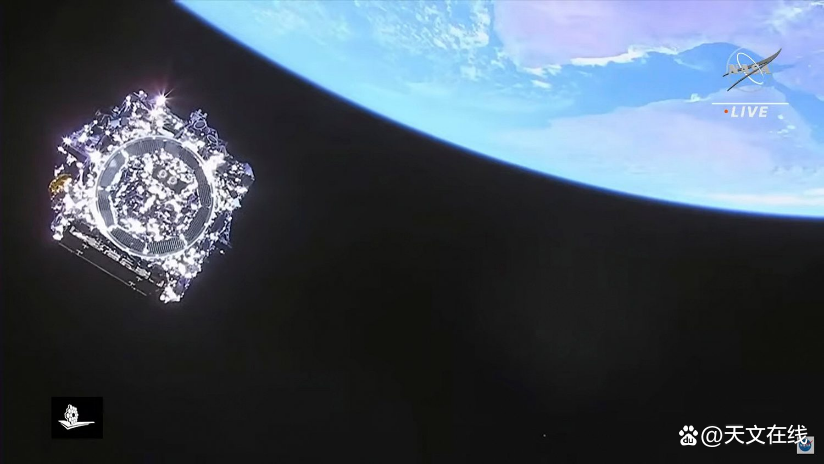
And he pointed out that the successor of the Weber Hubble Space Telescope-will be able to see a farther place than the new photo. It takes a farther than any previous telescope in space. This is reminiscent of a problem that has troubled people decades ago in astronomy: how long can we see the fact that the Big Bang itself is, about the fact that our universe is born?
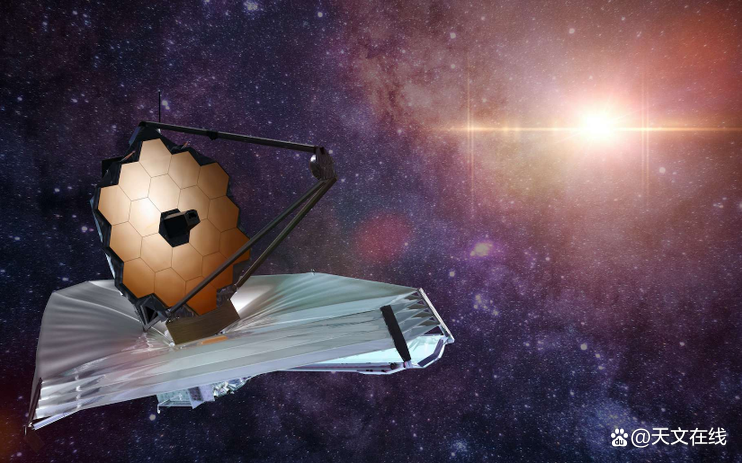
At the same time, NASA is working with the European Space Agency (ESA) and the Canadian Astronautics (CSA) to plan to be at 14:30 on July 12 (10:30 in the morning in the United States). The NASA Goda Space Flying Center released a set of first -color images of the James Weber Space Telescope (taken) and the initial spectrum data of TV broadcast. (This) The event will continue until the next day. There are some detailed information about how to view these images and the schedule of an event.

The art concept map of the James Weber Space Telescope, which is the successor of Hubble, is called "engineering miracle" by NASA. Thanks to the huge main mirror of the Weber telescope, compared to any previous telescope, it can see not only farther space, but also back to a farther past. The main mirror consists of 18 hexagonal components, which adds up to more than 21 feet (6.5 meters) wide. More importantly, Weber's device focuses on the infrared part of the spectrum, allowing it to perform through dust and gas (observation). The picture comes from NASA/PHYS.ORG.
July 12th is the Weber image release day
NASA stated that it will be announced on July 12th to announce the first photo taken by Weber. Each photo will be released on social media and NASA official website at the same time:
Note that the first photo taken by Weber was prohibited before July 12, and it was not available before public release.
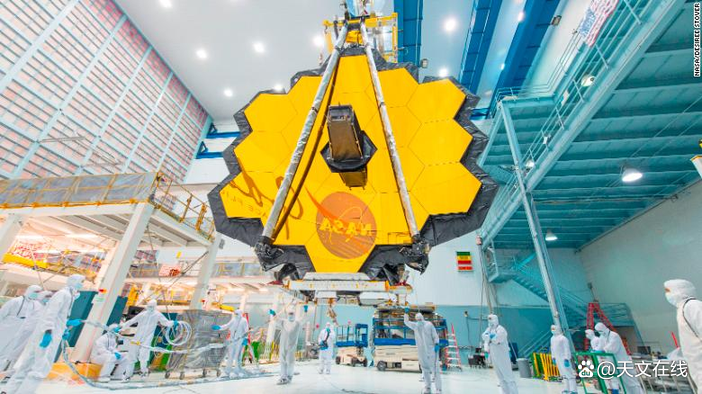
NASA invites you to pay attention to this (flight) task, and on Twitter, Facebook and Instagram with #UnfoldtheUniverse label to share your experience of your first picture with Weber. You can follow and mark the following account:
The following is the list of activities (all time refers to the east time):
Tuesday, July 12, US time at 10:30 am
The image is officially released: the picture will be released on the related websites of NASA TV, NASA applications, and NASA, and people can also watch live broadcasts online.
NASA Interactive: On Tuesday, July 12, NASA will host a face -to -face communication activity. Participants will participate in the studio broadcasting room in the NASA Gudedd Space Flight Center as a guest, and have the opportunity to visit the equipment of the NASA Goddard Space Flight Center and the Space Telescope Science Research Institute (STSCL). Experts of tasks communicate with each other.
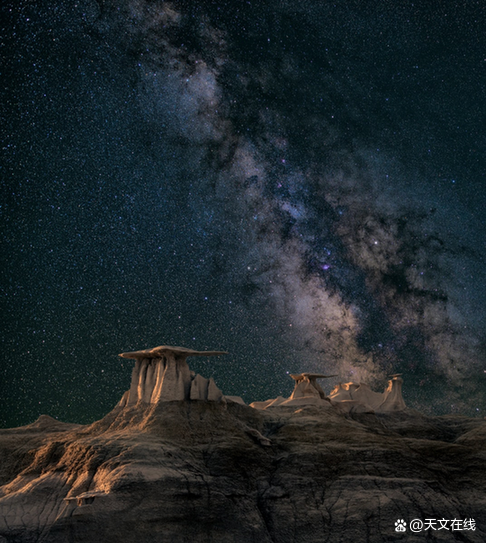
Wednesday, July 13, American time at 3 pm
NASA Science Online Live: Experts participating in the Weber telescope project will answer questions about Weber's first image and data in this live broadcast. In this live broadcast, the first full -color image of the Weber telescope will be displayed, and the live broadcast will be performed on the NASA scientific live broadcast website. At that time, this live broadcast can also be watched on YouTube, Facebook, and Twitter. When watching the live broadcast, the audience can ask questions on social software by using #UnfoldtheUniverse labels, or leave comments in the chat and answer interaction by leaving comments in the chat session of Facebook or YouTube live streaming.
At the same time, NASA will also use Spanish live broadcast social media activities on its Spanish version of YouTube, Facebook, and Twitter accounts. The first batch of images will be discussed and answered the questions of fans.
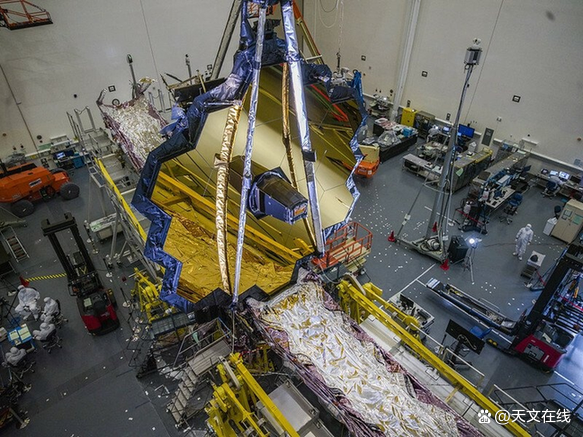
Activities that will be carried out this summer
Weber's community event
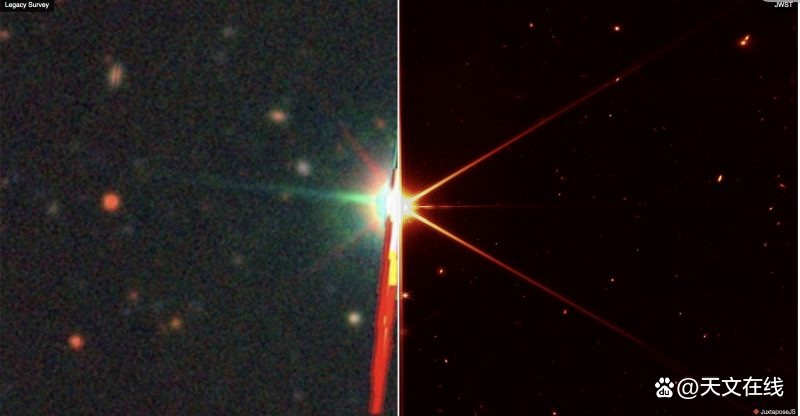
How deep can we peek at the Big Bang?
How far can the Weber telescope look at? As we all know, looking at the universe means looking forward. This is because of the fastest speed in the universe -but the speed of light is not infinite. It will only spread at a limited speed (186,000 miles per second, or about 300,000 kilometers per second) [Translator Note: We see the surrounding scene through the spread of light, then through the Weber telescope, we should also see to see The scene of the past light spreads, so looking at the universe is to look at the past. .. In the past few decades, astronomers have been thinking: "If we look far away from the universe, then how close the time we can see can be from the Creation Big Bang?"
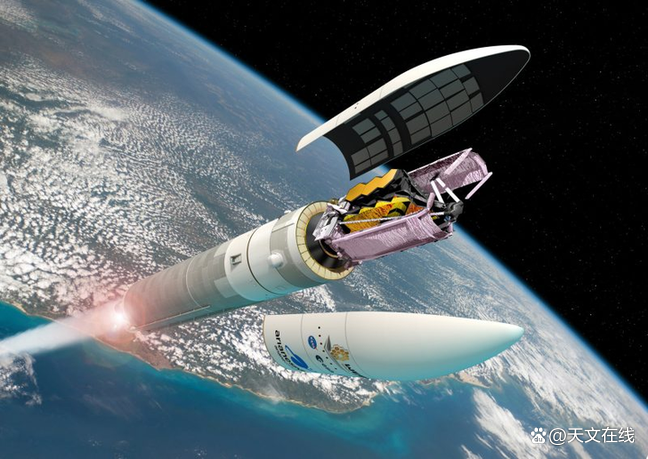
Weber will launch later in 2021
Weber is a great machine. Building Weber's dream began in 1996: At that time, a committee composed of 18 astronomers officially proposed to NASA to develop a space telescope to observe outer space with infrared light. It was originally planned to be launched in 2007, and it is estimated to consume $ 500 million. But shortly after the entire plan, the entire plan began to postpone. Weber eventually launched to space at the Guyana Aerospace Center (sometimes called European Aerospace Port) in Curu, French Guyana on December 25, 2021. After the launch, the Weber telescope began a journey to LG L2, a monthly Lagram L2 in the month. This point in the Japanese -earth system allows spacecraft to "suspend" the earth when the earth rotates around the sun around the sun. This is about 4 times the ground month (about 1 million miles or 1.6 million kilometers). On January 24, 2022, in a midway sleeve, it helped to insert Weber's final orbit on Lago L2. Weber's local staff spent several monthly debugging to make up for it to ensure that its mirror is completely aligned with its parts. Weber telescope released some test pictures in May 2022.
Weber telescope will explore every clip of the history of the universe, from the solar system to the farthest end of the early cosmic visual galaxy, and everything among them.


Weber will be launched through the Ariana No. 5 rocket on December 25, 2021 on December 25, 2021. The picture comes from ESA.
How long is the life of the Weber telescope?
Pam Melroy, Deputy Director of NASA, said at a press conference held at Baltimore on June 29, 2022 that thanks to a successful launch of NASA's partner Arianespase, the Weber telescope can be maintained for 20 years. Doubles of service life.
Anasa Deputy Director Pam Melroy said at a press conference held at Baltimore on June 29, 2022 that thanks to the partner of NASA
She commented:
These 20 years have not only allowed us to go deep into history and time, but also allow us to go deep into science, because we have the opportunity to learn, grow, and conduct new observations.
Summary: On July 12, NASA will release the first Weber image that is highly anticipated, including the deepest image of the universe taken by the Weber telescope.

BEDITORS of Earthskyky
FY: Astronomical Volunteer Team
If there is related content infringement, please contact the author to delete after the work is released
Reprinted, please obtain authorization, and pay attention to maintaining integrity and indicating the source
- END -
During the decade of reading Hefei ②
Video/Snapshot, T_100, F_JPG, M_fast Controls = Controls data-version/ueditor/video/mp4/20220721/1658385412433622.mp4 transcoding = 1 style = width: 400px; In the past ten years, the
Aksey County Promoting Classics of Culture Construction
Putting on the integrity flower fragrance clean wind fluttering—— Aksey County promotes the construction of a clean culture to build a documentarySince last year, the Aksey County Commission for